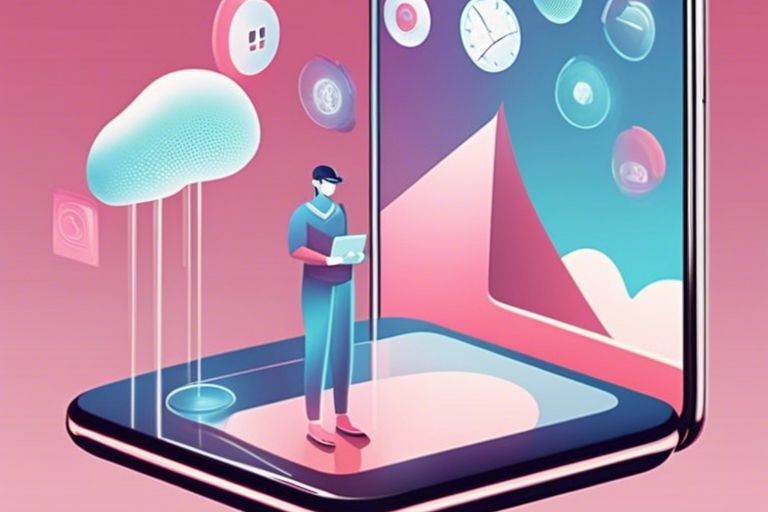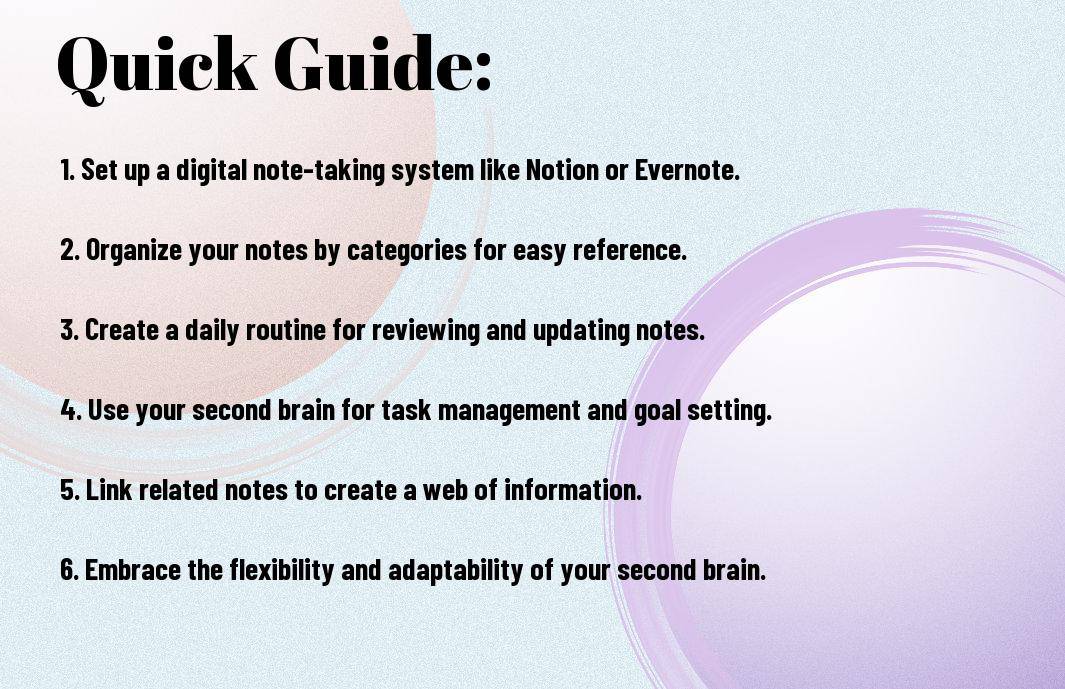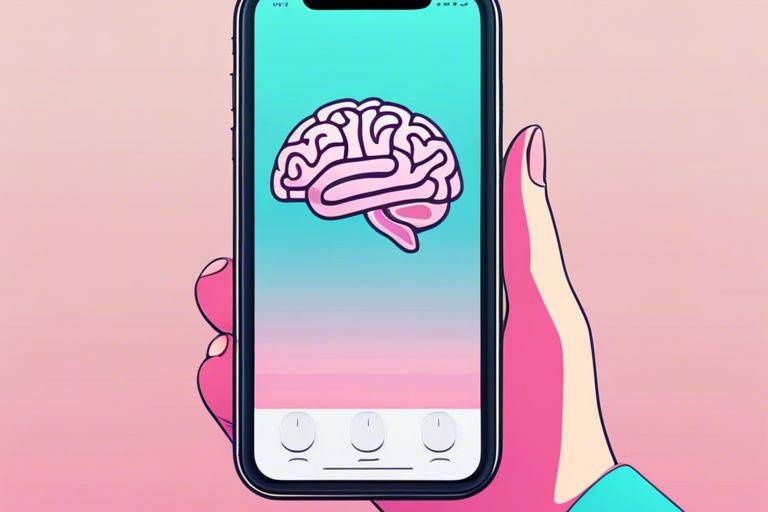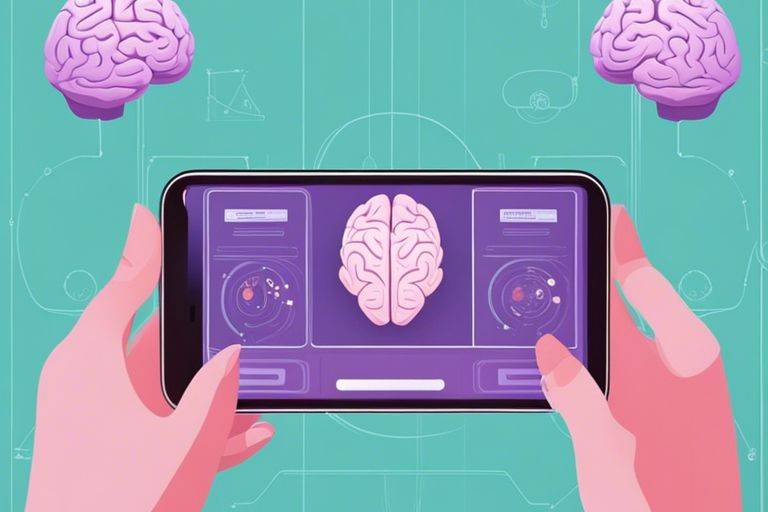
Newsletter Subscribe
Enter your email address below and subscribe to our newsletter

Enter your email address below and subscribe to our newsletter

Second Brain! Most of us are constantly seeking ways to boost productivity and creativity in our daily lives. One effective method that has gained popularity in recent years is the concept of a “second brain.” Building on Tiago Forte’s book Building a Second Brain: A Proven Method to Organize Your Thoughts, Work Smarter, and Make Real Progress in Life, this guide will explore practical tips for integrating your second brain into your daily routine to maximize efficiency and innovation.

Little did you know that you have a second brain – a concept that is changing the way we understand the capabilities of our minds. This second brain refers to the intricate network of neurons located in our gut, known as the enteric nervous system (ENS), which plays a crucial role in regulating digestion, mood, and overall well-being.
The second brain concept highlights the idea that our gut is not just responsible for digesting food, but also for influencing our emotions and decision-making processes. It serves as a powerful source of intuition and instinct, working in tandem with our primary brain to help us navigate the complexities of daily life.
The science behind the second brain concept is based on the fundamental connection between our gut and brain, known as the gut-brain axis. This bidirectional communication system allows for constant feedback between the ENS and the central nervous system, influencing our thoughts, feelings, and behaviors. Assuming a healthy gut flora is crucial for maintaining a balanced second brain, as imbalances can lead to digestive issues, mood disorders, and cognitive impairments.
Another fascinating aspect of the second brain is its role in producing neurotransmitters like serotonin, often referred to as the ‘happy hormone’. This highlights the potential for the gut to impact our mental health and emotional well-being, emphasizing the importance of nurturing a healthy gut-brain relationship through diet, lifestyle, and mindfulness practices.
To truly integrate your second brain into your daily life, it’s imperative to understand the different types of systems available. These systems can help you organize information, ideas, and tasks more effectively, leading to increased productivity and creativity. From digital note-taking platforms to physical note-organizing methods and hybrid approaches, there are various options to choose from based on your preferences and needs.
| Digital Note-Taking Platforms | Physical Note-Organizing Methods |
| Evernote | Journaling |
| Notion | Index Cards |
| OneNote | Binders |
| Roam Research | Post-it Notes |
| Bear | Whiteboards |
If you’re more inclined towards technology and enjoy the flexibility of digital tools, then digital note-taking platforms like Evernote, Notion, OneNote, Roam Research, and Bear are excellent choices. These platforms allow you to store notes, create to-do lists, and even collaborate with others seamlessly. With features like tags, search functionalities, and cloud syncing, you can access your second brain from anywhere, making it a convenient option for on-the-go individuals.
The act of physically writing down notes can enhance memory retention and creative thinking. Journaling, using index cards, binders, post-it notes, and whiteboards are traditional yet effective ways to organize your second brain. The tangible aspect of these methods adds a personal touch to your notes and can spark inspiration while brainstorming ideas or planning projects. It’s a more tactile approach compared to digital platforms, offering a different sensory experience that some find more engaging.
It’s imperative to find the right balance between digital and physical note-taking methods that suit your individual preferences and workflow. By incorporating both types of systems into your daily life, you can enjoy the benefits of enhanced creativity, productivity, and organization.
There’s a growing trend towards hybrid approaches that combine the best of both digital and physical note-taking systems. By leveraging the strengths of each method, you can create a customized second brain system that works uniquely for you. Integrating digital platforms for easy access and organization with physical methods for creative expression and tactile interaction can provide a comprehensive solution for managing your information and ideas effectively.
Understanding the different types of second brain systems available allows you to tailor your approach to suit your preferences and optimize your workflow. By exploring digital note-taking platforms, physical note-organizing methods, and hybrid approaches, you can create a personalized system that enhances your daily life and unleashes your creativity.

Now that you’ve decided to integrate a second brain into your daily life, it’s time to set it up for success. Whether you choose a digital or physical system, the key is to tailor it to your individual needs and preferences. By doing so, you can ensure that your second brain becomes an invaluable tool in enhancing your productivity and creativity.
The first step in setting up your second brain is to identify your needs and preferences. Consider how you currently organize information and what methods work best for you. Do you prefer digital tools or physical notebooks? Are you more visual or do you thrive with text-based systems? Understanding your unique style will help you create a second brain that complements your natural way of thinking and working.
| Needs and Preferences | Actions |
| Visual Learner | Utilize mind mapping tools to visually organize your ideas and information. |
| Text-Based Organizer | Consider using note-taking apps like Evernote or Notion for a text-centric second brain. |
The next step in setting up your digital second brain is to choose the right tools and software that align with your needs and preferences. Whether it’s creating a digital notebook, setting up a task management system, or using a combination of tools, make sure to customize your setup to maximize its effectiveness in supporting your workflow.
Now, if you prefer a more tactile approach, organizing a physical second brain system might be the way to go. This could involve keeping a bullet journal, setting up a filing system with color-coded labels, or creating a visual board to display your ideas and projects. Keep in mind, the key is to make it work for you, so don’t be afraid to experiment and adjust as needed.
Understanding the importance of having a physical system in place can provide a sense of grounding and satisfaction that complements the digital aspects of your second brain. By finding a balance between the two, you can create a comprehensive system that caters to all your needs and preferences. Stay open to new ideas and be willing to adapt your system as your needs evolve over time.

Your second brain is a powerful tool for increasing productivity and organizing your thoughts effectively. If you’re looking to dive deeper into this concept, I highly recommend checking out Building a Second Brain: A Proven Method to Organize Your Life by Tiago Forte. It provides a comprehensive guide on how to implement a second brain system into your daily routine.
You can start by incorporating daily habits that align with the principles of your second brain. This includes setting aside dedicated time each day to review and organize your digital notes, capture new ideas as they come, and connect related information within your system. By making these habits a part of your routine, you’ll find that your second brain becomes more ingrained in your daily life, leading to greater productivity and efficiency.
On top of these tips, it’s necessary to make sure that your second brain complements your existing habits and routines. After all, the goal is to enhance your productivity and organization, not disrupt it.
Your second brain can be a game-changer when it comes to organizing your thoughts and improving your productivity. By implementing daily habits and following tips for seamless integration, you can make the most out of this powerful tool. After all, the key is to make your second brain work for you, not the other way around.
On a regular basis, it’s important to schedule time for reviewing and cleaning up your second brain. This involves going through your notes, files, and projects to ensure everything is organized and up to date. You can create a system that works for you, whether it’s a weekly review session or a monthly deep dive. During these sessions, take the time to delete irrelevant information, update outdated notes, and reorganize your digital folders for easy access.
Now, as you become more familiar with your second brain, you may want to explore ways to upgrade its capabilities. This could involve learning new tools or software to enhance your note-taking and organization skills. Consider incorporating advanced features like tagging, linking notes, or using templates to streamline your workflow. By expanding your knowledge and utilizing these tools effectively, you can maximize the potential of your second brain.
Regular maintenance and optimization of your second brain is key to its effectiveness. By regularly reviewing and cleaning up your digital workspace, you can ensure that you are working with the most relevant and up-to-date information. Additionally, upgrading your second brain’s capabilities can help you stay organized and productive in your daily life.
Many people are enthusiastic about the idea of integrating a second brain into their daily lives, but it’s important to assess the impact it has on your overall well-being. One way to evaluate this is by considering the Factors to Evaluate Success.
Assume that tracking these factors will give you a clear picture of how well your second brain integration is working for you.
Any major change in your lifestyle comes with its own set of advantages and disadvantages. When considering relying on a second brain, it’s crucial to weigh the Pros and Cons carefully.
| Pros | Cons |
| Enhanced productivity | Potential dependency on technology |
| Improved organization | Security risks of sensitive information |
| Increased creativity | Over-reliance leading to lack of critical thinking |
| Efficient information retrieval | Learning curve for new tools and systems |
Assume that focusing on the benefits while being mindful of the drawbacks will help you make informed decisions about integrating a second brain into your daily life.
From above, it is evident that integrating your second brain into daily life can be a game changer in terms of productivity, organization, and creativity. By following the practical guide provided in this article, you can create a system that works best for you and helps you harness the power of your second brain to its fullest potential.
Keep in mind, Rome wasn’t built in a day, and neither will your second brain. It takes time, practice, and patience to develop the habits and routines that will truly make a difference in your life. So, keep at it, stay consistent, and watch as your second brain transforms the way you work and live.
A: A second brain is a concept that refers to using digital tools and methods to augment your thinking and memory beyond your biological brain.
A: Integrating your second brain into daily life can help you organize information, boost your productivity, and enhance your creativity and problem-solving abilities.
A: You can start integrating your second brain by choosing a digital tool such as Evernote, Notion, or Roam Research, and creating a system for capturing and organizing your thoughts, ideas, and information.
A: Some practical tips for using your second brain effectively include setting aside dedicated time for brain dump sessions, creating templates for recurring tasks, and regularly reviewing and updating your digital notes.
A: To ensure the security and privacy of your second brain, you can use encryption tools, enable two-factor authentication, and avoid storing sensitive information such as passwords in your digital notes.
A: Yes, you can share specific notes or notebooks from your second brain with others by using collaboration features provided by digital tools like Evernote and Notion.
A: Some benefits of integrating your second brain into daily life include improved organization, better decision-making, increased knowledge retention, and enhanced creativity and innovation.